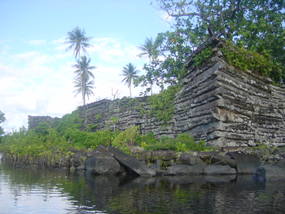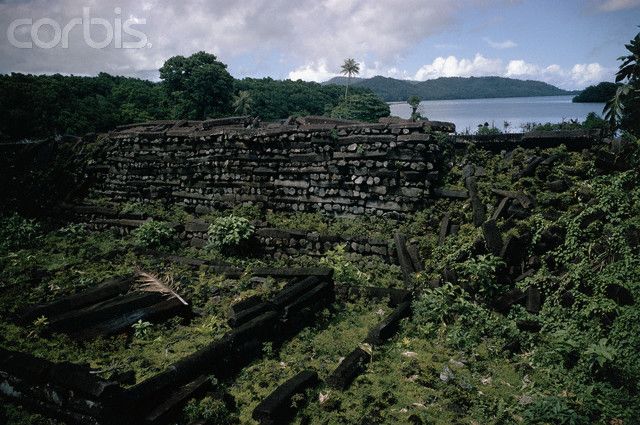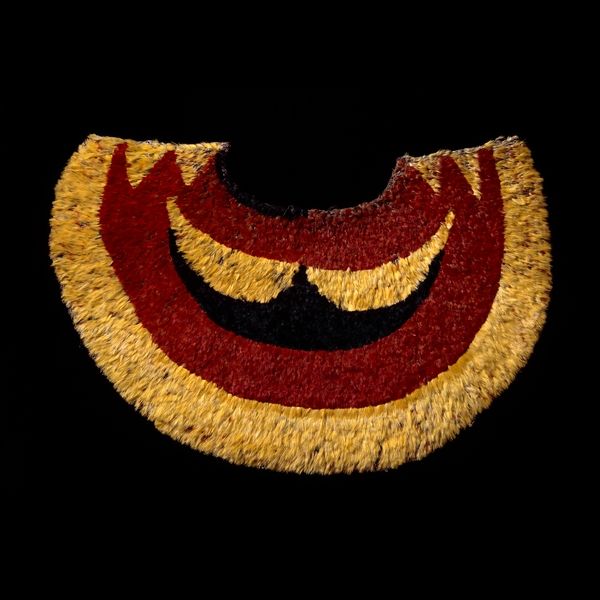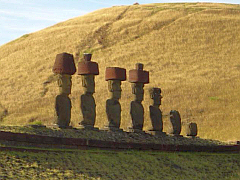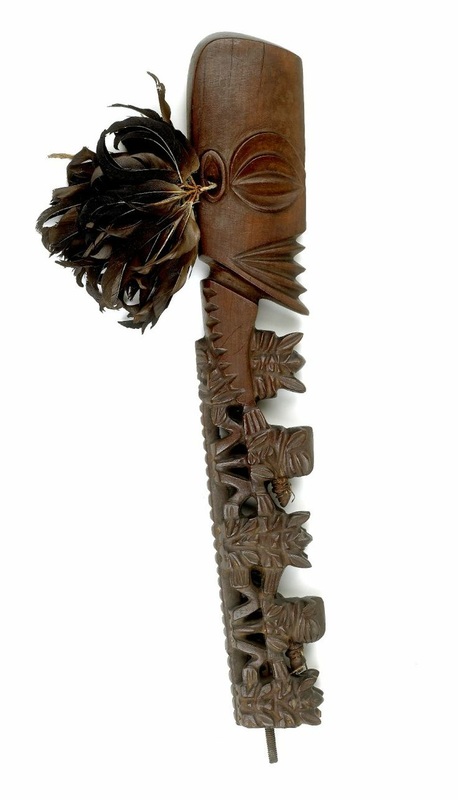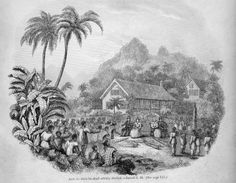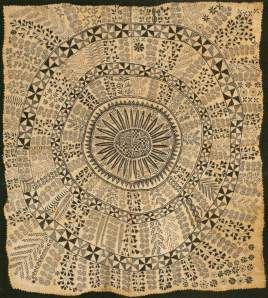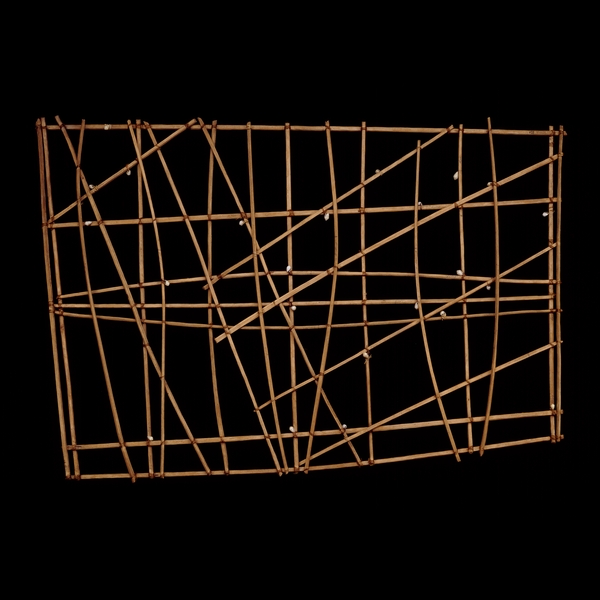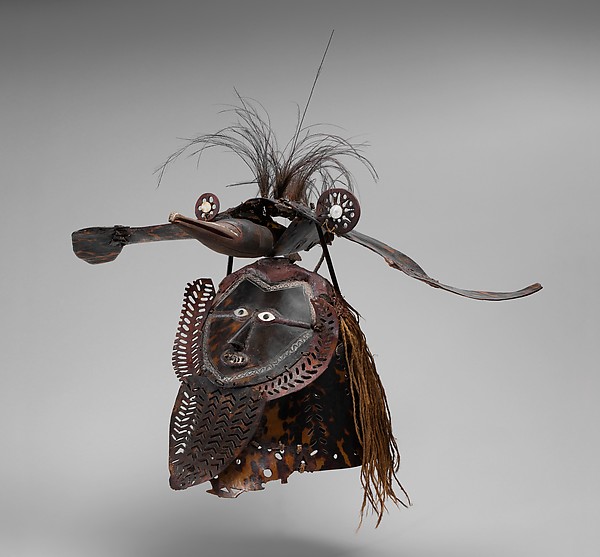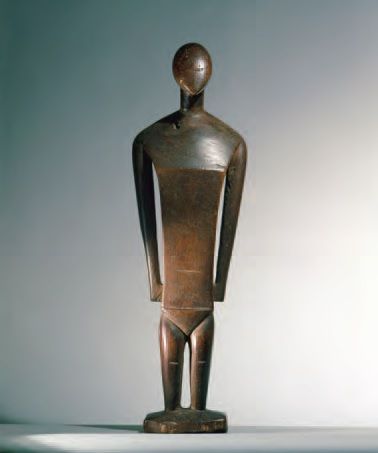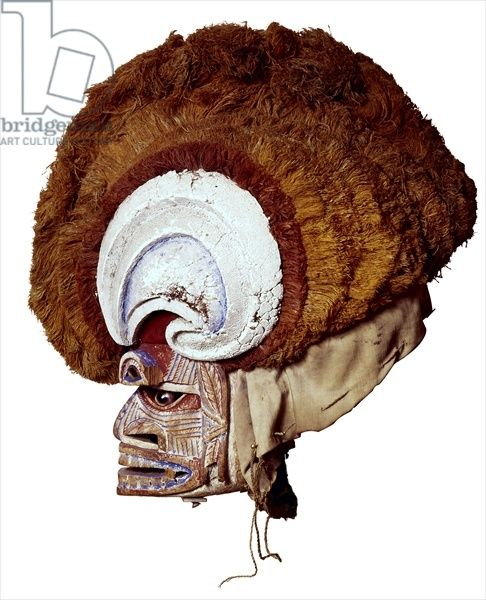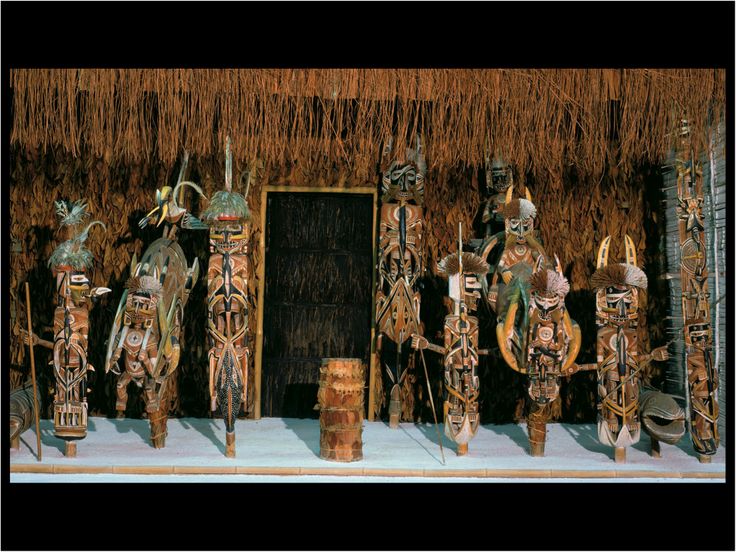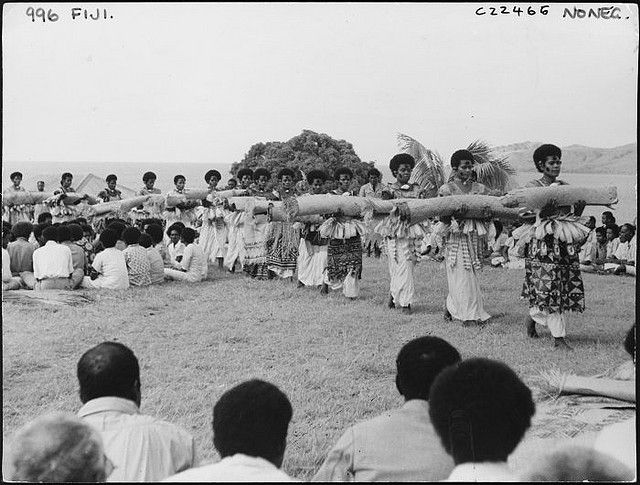The Pacific 700-1980ce
The arts of the Pacific vary by virtue of ecological situations, social structure, and impact of external influences, such as commerce, colonialism, and missionary activity. Created in a variety of media, Pacific arts are distinguished by the virtuosity with which materials are used and presented. (Khan Academy)
Here is a Word document with all of the Pacific images.
| 9._the_pacific_images.docx | |
| File Size: | 833 kb |
| File Type: | docx |
Here is the PowerPoint I used in class
| 9my_powerpoint_for_teaching_the_pacific2.pdf | |
| File Size: | 4051 kb |
| File Type: | |
Here is the grade sheet for the flash cards
| grade_sheet_for_pacific_flashcards.xlsx | |
| File Size: | 11 kb |
| File Type: | xlsx |
Nan Madol. Pohnpei, Micronesia. Saudeleur Dynasty. c. 700-1600 C.E.; Basalt boulders and prismatic columns.
|
Hiapo (tapa). Niue (island off the east coast of Australia). c.1850 - 1900 C.E.; Tapa or bark cloth , freehand painting.
Navigation Chart. Marshall Islands, Micronesia. 19th to early 20th century C.E.; Wood and fiber.
|
Buk (mask). Torres Strait (the strait between Australia and New Guinea). Mid- to late 19th century C.E.; Turtle shell, wood, fiber, feathers, and shell.
Female Deity. Nukuoro, Micronesia. c. 18th to 19th century C.E.; Wood.
|
Presentation of Fijian mats and tapa cloths to Queen Elizabeth II. Fiji, Polynesia. 1953 C.E.; Multimedia performance (costume; cosmetics and scent; chant; movement; and pandanus fiber/hibiscus fiber mats), photographic documentation.
